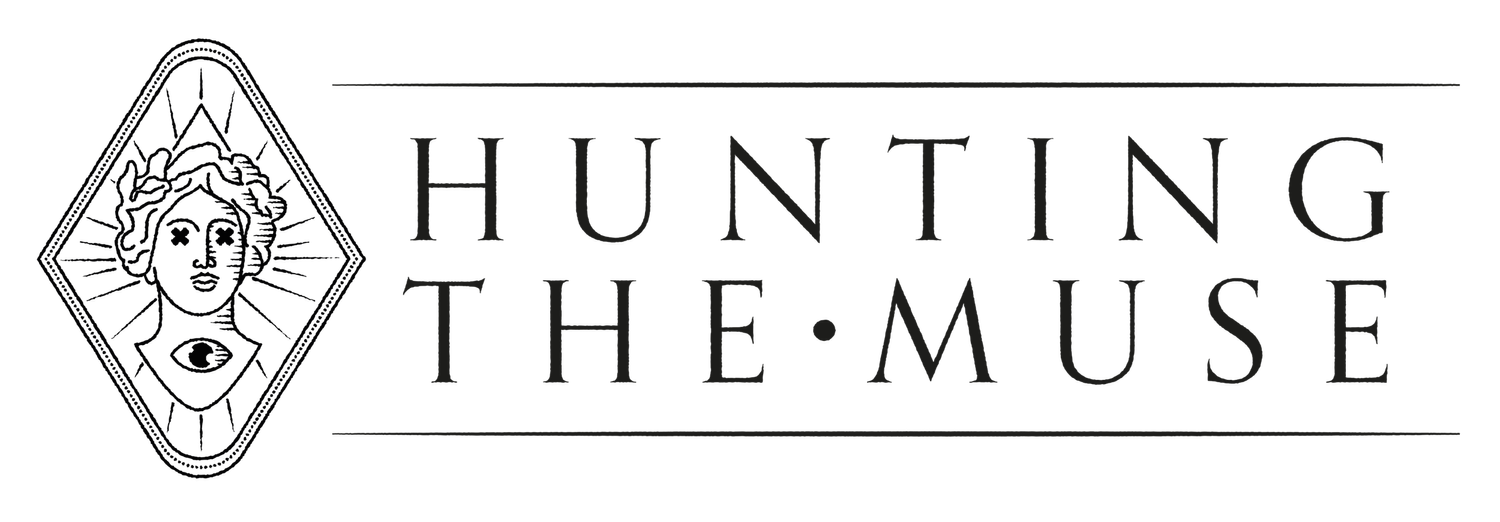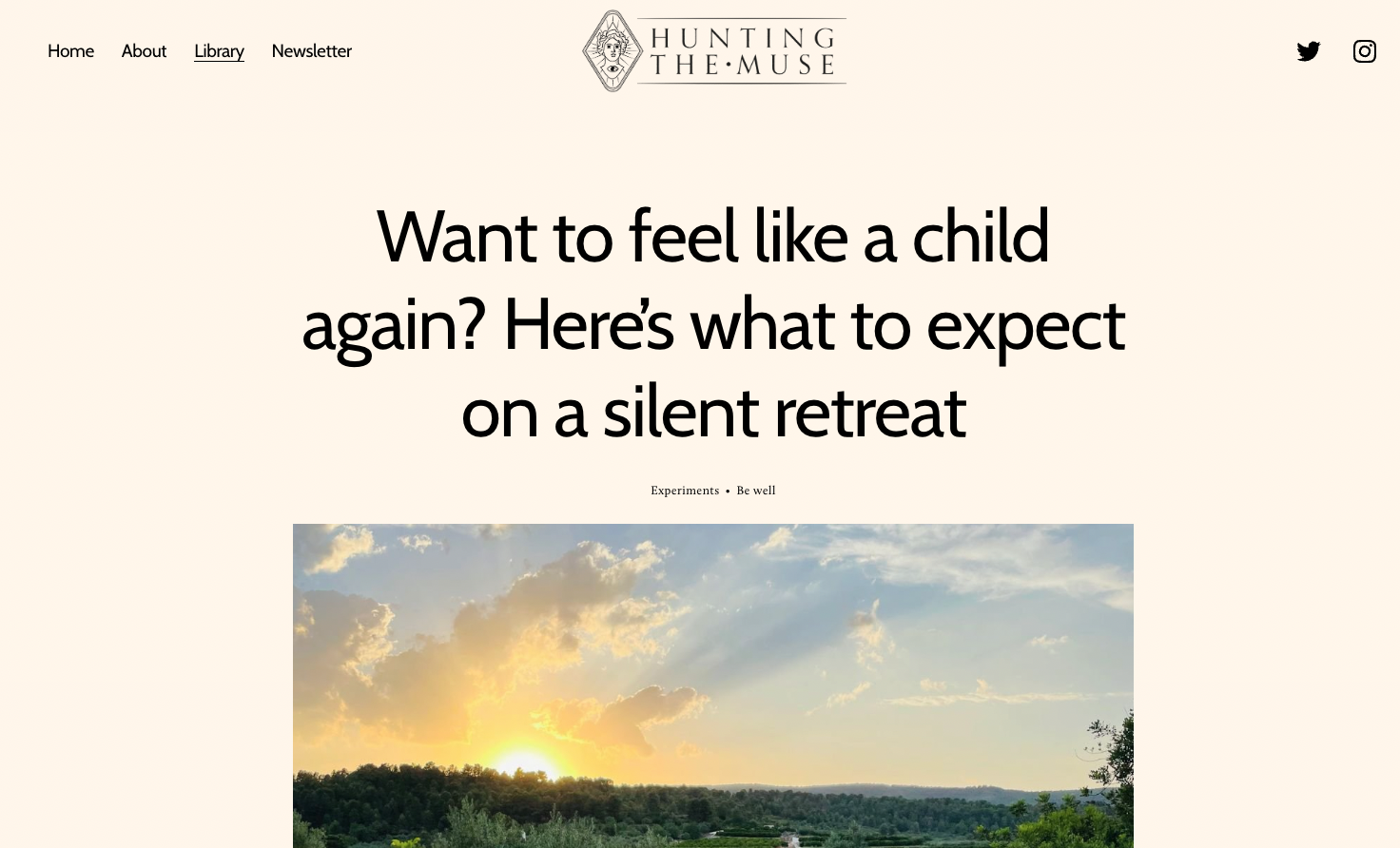The prism of self: How to create unique content from your experiences
We’re at an inflection point in online writing.
The search engine rankings are clogged with keyword-led content. There’s an identical top 5 for almost every search term. And Gen AI is making the problem worse.
When seemingly everyone has advice to give, seeking insight from real people who have personal experience on a subject is that much more valuable.
Are we leaving the age of ‘How-to’ content, and approaching the age of ‘How I’ content?
If you have knowledge worth sharing—whether it’s parenting advice or creative insight or business experience—people are seeking it.
Think of it like this:
We each bend every input of daily life through our ‘Prism of Self’.
Our prism reflects how we see the world and is the sum of our experiences. It’s also what we can share with others.
In this article, I will share why and how to lean into this prism of self for highly unique content.
But first, let me explain why Google is also seeking new insights more than ever.
Information Gain: the future of insight-led content
In April 2020, Google filed a patent that first went under the radar: their information gain scoring system.
This system rewards websites in the rankings if they offer information other than that previously viewed by the user.
You know by now that Google does everything it can to keep you on its pages, including feeding you with answers through its query boxes.
But this patent was something new: Google realised identical content was appearing over and over again from different websites on its SERPs (Search Engine Results Pages).
Content got lazy, and ‘information gain’ is Google’s way of cleaning up by rewarding those who bring new ideas to an existing discussion.
So how can you bring these novel ideas to your readers?
4 approaches to create unique content from insights and experiences
Now we know that Google (and us) are searching for fresh content, new takes, and interesting angles, here are four approaches to create unique content and lean into your ‘prism of self’.
The journalistic approach
Journalists are ravenous story hunters: searching for angles and narratives to hook and engage audiences.
The very survival of a media organization depends on the journalist’s ability to seek stories.
To take this journalistic approach, you first need to understand the macro story behind your content. What is the value proposition and mission of your idea, business, or brand?
Only then can you begin searching for micro stories. Micro stories show your value proposition and mission in bite-sized pieces.
These stories reflect the way you or your brand sees the world—it’s ‘prism of self’.
Need some ideas for stories? Start with these 3 groups:
People: Who’s behind the idea, and what are their stories? These can be customers, employees, founders, partners, or subject matter experts. If you’re developing a personal brand, you can lean into your own story (more on this in approach four).
Trends: What factors shape your value proposition and mission daily? These can be important issues, pop culture, industry trends, milestones, or search trends shaping your industry.
Access: What information do you have that nobody else has access to? This can be proprietary data, best practices, behind-the-scenes videos, processes, successful experiments, and your values.
The outshine approach
Mediocre content makes your brand fall into the noise. It’s the internet equivalent of elevator music.
Trying something new might not always result in impressive vanity metrics, but it will put you front of mind as the brand that stands out.
The principle of information gain rewards articles for risk-taking and deviating from the status quo. Instead of looking at search results and copying the top-ranking content, writers should differentiate.
Let’s take the search results for the keyword ‘guide to content marketing’:
Over 2 billion search results, and yet the top 5 looks the same.
The ultimate guide, the complete guide. Zzzzz.
Now imagine titles that promise something different, something personal:
The Actually Actionable Guide to Content Marketing
The Startup Guide to Content Marketing (How We Grew With Content)
The Guide to Content Marketing by the Beyoncé of Content
Within the content itself, there are plenty of ways to offer options while still meeting search intent:
Address unserved intent (“The specific use case that isn’t represented.”)
Fill in missing information (“It’s odd that no one mentioned X before.”)
Challenge a differing opinion (“X is an outdated belief. Here’s why.”)
Nobody likes a jerk only hunting for hot takes. But they’ll respect the individual offering something different.
Quick tip: One simple way to gather opinion-based content is to write thoughtful comments on other people’s social media posts. This builds your engagement while helping you understand your opinion on a topic (and what to write about it).
The podcaster approach
Ok yeah, everyone and their dog has a podcast these days. I’m not recommending you create one (unless you feel a calling to do so).
My point is, usually podcasts allow you to get into a topic with experts who dedicate their lives to getting deep into a subject. They’ll always have their own spin on it. Better yet, the content will always be unique.
Reach out to insightful people on different subjects, and keep a growing list of subject matter experts.
If they allow you to record a full interview, you can spin this content into smaller pieces from one long-form piece.
A podcast, video interview, or webinar can become:
Social media clips
Social media graphics
Stand-alone blog posts around the topic
Quotes that can add unique value to other content pieces
Testimonials or case studies for your website
Use tools like Riverside to record in HD and easily clip social videos.
The memoir approach
As I mentioned, we are drowning in ‘how-to’ content, often written by marketers or freelancer writers.
People now crave ‘how I’ content from individuals with a passion or experience.
Google is after this type of content too. They seek content written by websites that can demonstrate EEAT: Expertise, Experience, Authority, and Trust.
If you’re a one-person business, this is a unique opportunity to show how you’re building your business from the ground up.
Write your story: your numbers, your struggles, your workings, your process. Write to the version of you two years ago—what would they have needed to learn right now?
For example, I take this approach for my article on What to Expect on a Silent Retreat, where I used my experiences on how a silent retreat impacted me and my creativity.
I’m simply answering the same questions I had going into the retreat.
Solve problems and document your journey and you’ll create content that separates you from the crowd.
Our insights go to the grave unless we share them
Everyone is looking for fast ways to grow with content.
This either results in cringe-worthy storytelling content that says a lot of nothing (LinkedIn, I’m looking at you), or content only written with traffic in mind for the SERPs.
But there are nuggets of insight only we can shed light on, and which Google is now seeking too:
How ourselves, or others close to us, solved a challenge
Our understanding of a topic that goes beyond the surface
What competitors are not talking about (but should be)
Stories, people, and data only seen by us
The right keywords might get you traffic for now, sure.
But the gifts of leaning into your prism of self?
New insights to share, and resonance with your readers.







